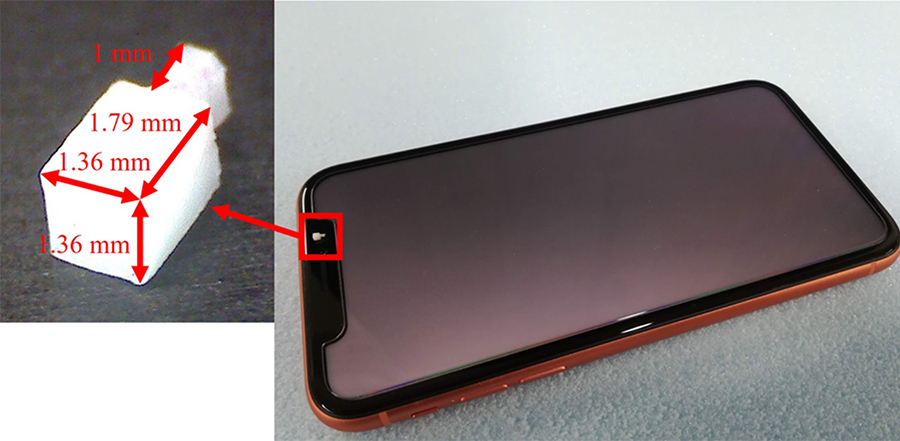5G standard is the 5th generation of the mobile network which enables higher data transfer rate, massive network capacity and the opportunity to connect more objects including sensors and smart devices. In most countries, including Russia, 5 G networks are still not available for ordinary customers.
"The smaller the antenna dimensions are the higher frequency band this antenna covers, so it transmits wireless packets with higher rates. That’s why to reduce the dimensions of antennas used for the next generation networks is an urgent task.
The regular antennas developed for 5G are of horn shape and 5-20 mm of length, and include some auxiliary electronic components," Igor Minin says, Professor of TPU Electronic Engineering Division.
The researchers proposed to use a cuboid piece of dielectrics e.g. Teflon.
"No other auxiliary components are required to transmit signals. This cuboid pattern efficiently focuses electromagnetic waves due to its shape and material properties. The evaluations demonstrated that that antenna pattern was able to work in the 300GHz band, which was proved by the experiment," the researcher explains.
When conducting the experiment, Japanese researchers used two Teflon antenna patterns and tested their wave transceiving properties. The antennas were set at 60 cm distance from each other. They effectively received and transmitted the signal at the rate of 17.5 Gb/sec. in the 300GHerz band.
“We go on searching for the advanced materials suitable for the antenna development and continue our experiments with the shapes of antenna patterns to enhance the data transmission and increase the frequency,” Professor Minin comments.
The research was supported by the TPU Competitiveness Enhancement Program. The experimental part of research was supported by Softbank, Japan.
